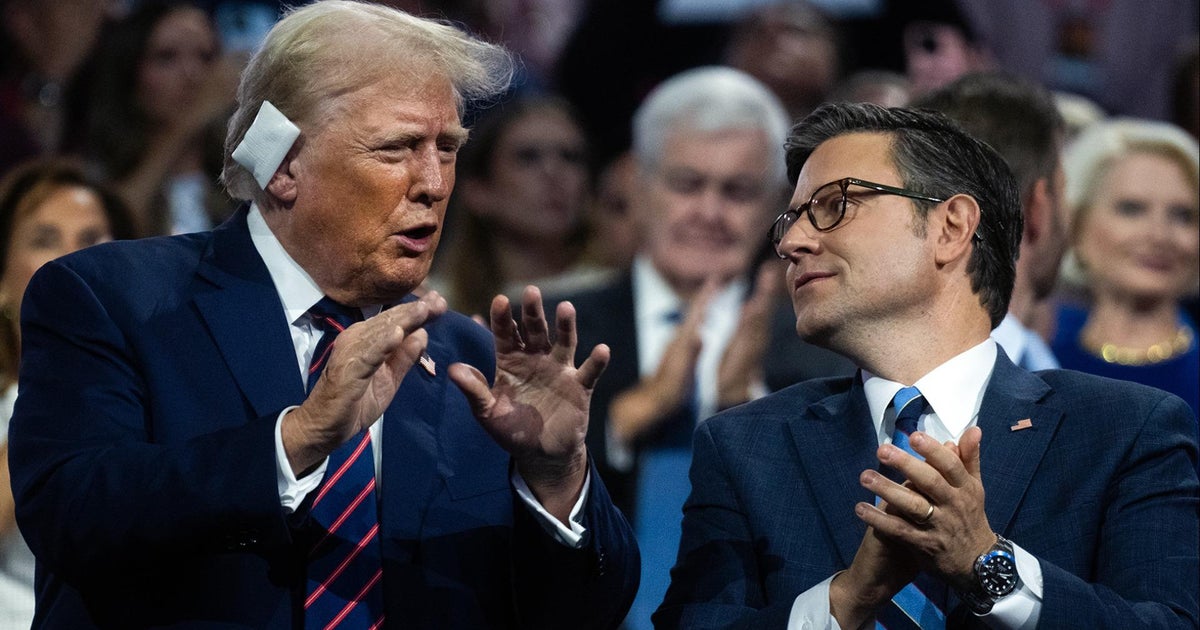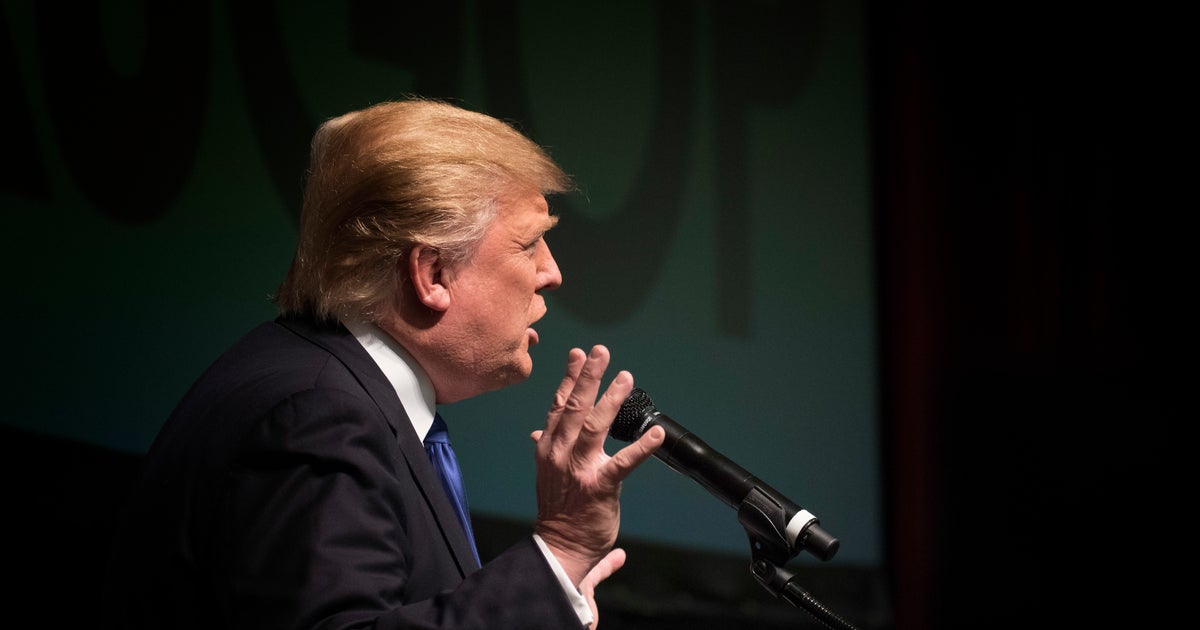Scott Walker’s Wisconsin: A labor model for Trump?
WASHINGTON - Wisconsin Gov. Scott Walker’s crackdown on collective bargaining could serve as a model for President Donald Trump’s plans to overhaul the federal workforce. But any such move by the new president would risk a fight with already wary labor leaders.
Walker, the chief promoter, said he spoke last week with Vice President Mike Pence about “how they may take bits and pieces of what we did” with the union law and public workforce overhaul and “apply it at the national level.”
“They look at not only what we did with [the collective bargaining law] but even some of the civil service reforms, the two combined, so they can hire and fire based on merit and pay based on performance,” Walker told The Associated Press in an interview last week. A spokesman for Pence declined to comment.
Those remarks raised fresh hackles among leaders of public and private unions, many of whom endorsed Democrat Hillary Clinton and have seethed over Trump’s choice of a fast-food executive to be his secretary of labor, as well as his executive order freezing most federal salaries. To them, Wisconsin is a warning.
“President Trump and Vice President Pence should stay far away from Gov. Scott Walker,” said J. David Cox Sr., president of the American Federation of Federal Employees. Walker’s record on labor, he added, “is a bad investment, particularly if you’d like to be known as a ‘jobs president.’”
Under Walker, the state’s 2011 law barred collective bargaining over working conditions and big pay increases for most public workers. It also required them to pay more for health care and pension benefits. The measure led to massive protests and an unsuccessful attempt to recall Walker in 2012. His legacy includes a 2015 law that made Wisconsin one of at least 27 states with so-called right-to-work laws that generally prohibit businesses and unions from requiring all workers, not just union members, to pay union dues.
Republicans in Congress introduced a national version of right-to-work legislation last week that would, for the first time, allow millions of workers to opt out of union membership.
In many ways, the national political environment favors right-to-work and a crackdown on collective bargaining. The Bureau of Labor Statistics reported Jan. 26 that the number of working Americans who are union members declined from 2015 to 2016 by 240,000 people. About 1 in 10 U.S. workers belonged to unions in 2016, roughly half of the percentage in 1983 -- the first year comparable data was available, the agency said.
Exit polls from the 2016 election showed people living in union households supported Clinton over Trump by a 9 percentage point margin, down from margins of around 20 points for Democrats in most recent presidential votes.
And the nation’s ranks of right-to-work states are poised to increase, with Republican-controlled state governments in New Hampshire and Missouri advancing legislation.
Although right-to-work legislation has historically failed in New Hampshire, supporters see new hope with a GOP governor and legislature.
Kentucky also has a new GOP majority, and in January became the last Southern state to pass a right-to-work law.
“We don’t care if they are union jobs or nonunion jobs,” said state Rep. Jonathan Shell, the No. 2 Republican in the Kentucky House, which flipped to GOP control for the first time since 1921. “I don’t think people who are trying to put food on the table are going to care [about] that either. I think what they are worried about is making sure that they do have a job.”
But Wisconsin is a Trump favorite because it was expected to go to Clinton.
Important, too, is a Wisconsin-to-Washington power nexus that includes House Speaker Paul Ryan and Trump’s White House chief of staff, Reince Priebus. Trump held a “thank you” rally in the state at which he shared the stage with Walker, Ryan and Priebus.
“What we’re seeing today is what happened in Wisconsin six years ago,” said Paul Secunda, director of the labor and employment law program at Marquette University Law School. “With the current administration, it’s Wisconsin on a larger scale,” he said.
But Trey Kovacs, a labor policy analyst at the conservative Competitive Enterprise Institute, noted that Trump hasn’t given many details about his plans for the work force.
Labor unions and their allies aren’t stepping aside.
AFL-CIO President Richard Trumka shrugged off the idea of Trump making a Walker-style assault on the federal civil service because, he said, even the Republican-controlled Congress won’t allow it.
“Most people understand that if he does that in a Republican administration, it can also happen in a Democratic administration,” Trumka said in an interview. “And that wouldn’t be so good, would it?”



